Ancient Encounters
Gurudwara Bangla Sahib Delhi
Mother Masala Tours
Spirituality and Community
Gurudwara Bangla Sahib Delhi. One of the most distinguished Sikh shrines in India. Named after a historic mansion or "bangla" that was the residence of Sikh Guru Har Krishan in 1664, this edifice has become a symbol of communal harmony and spiritual devotion. The history of this site reflects the rich narrative of the Sikh community, intertwined with events that shaped Delhi itself. Originally a haveli belonging to a Rajput king, Mirza Raja Jai Singh, the structure became a significant site when Guru Har Krishan took up residence there during a cholera epidemic. His compassion and healing powers attracted many, leading to his untimely death at a young age on March 30, 1664.
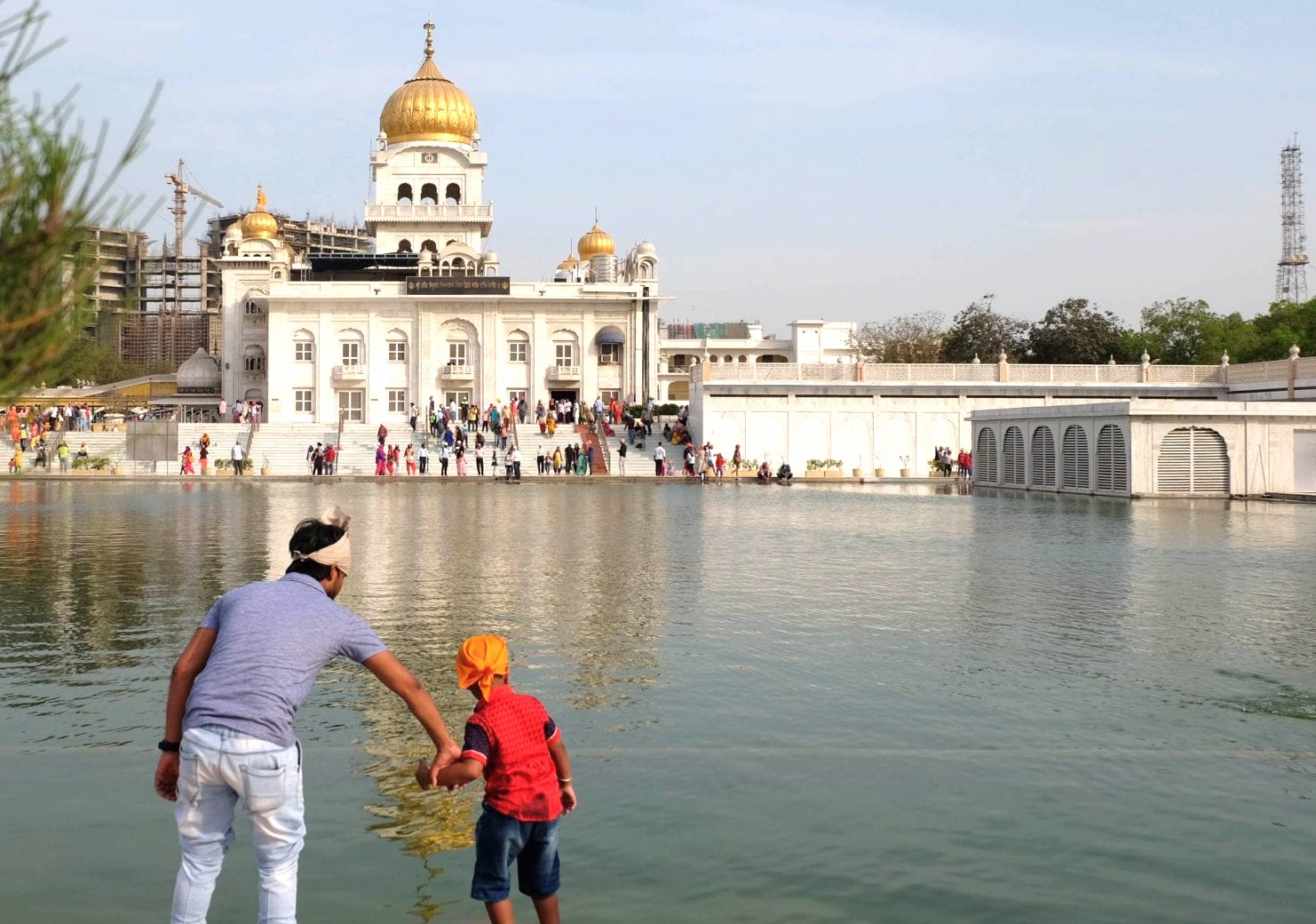
Gurudwara Bangla Sahib Delhi
One of the most distinguished Sikh shrines in India. Named after a historic mansion or "bangla" that was the residence of Sikh Guru Har Krishan in 1664, this edifice has become a symbol of communal harmony and spiritual devotion. The history of this site reflects the rich narrative of the Sikh community, intertwined with events that shaped Delhi itself. Originally a haveli belonging to a Rajput king, Mirza Raja Jai Singh, the structure became a significant site when Guru Har Krishan took up residence there during a cholera epidemic.
A Sanctuary of Giving

Today, Bangla Sahib serves as a sanctuary, not just for Sikhs, for people of all faiths. Approximately 10,000 to 15,000 individuals dine at the Gurudwara daily, participating in the communal meal known as langar, which serves free vegetarian food to all. As we explore this sacred space, we witness the dedication of individuals preparing meals, in large quantities, revealing the spirit of selfless service that is central to Sikh teachings. This act fosters deep unity and equality among all visitors. We find a warm welcome here, sharing a simple meal and experiencing genuine hospitality.
Timeless Artifacts & Sacred Spaces
Gurudwara Bangla Sahib Delhi. Within the gurudwara, numerous artifacts tell the story of faith and history. The most notable is the holy scripture, the Guru Granth Sahib, which is treated with immense respect and reverence. This scripture contains the teachings of the Sikh Gurus and is placed in the main prayer hall under a beautifully decorated canopy. Additionally, the Sarovar, or holy pond, is a feature of this site. It is believed that the water holds healing properties, drawing people from all walks of life who seek solace and purification.
Ancient Mosaics: Impeccable Craftsmanship
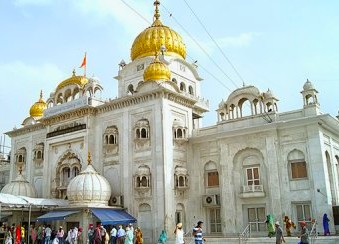
The craftsmanship displayed within Gurudwara Bangla Sahib reflects a rich tradition steeped in Sikh heritage. The main prayer hall features exquisite marble inlays and intricate frescoes that depict various aspects of Sikh mythology and history. Artists and craftsmen have meticulously designed these installations, blending Islamic and Indian styles with elegance. One notable example includes the stunning gold dome, which was added during renovations led by Sikh General Sardar Baghel Singh in 1783. This artistic fusion creates a truly unique spiritual environment, inviting all to admire its beauty.
Capturing the Magic: A Photographic Haven
Gurudwara Bangla Sahib offers numerous photographic opportunities. The golden dome, the tranquil Sarovar reflecting the sky, and the intricate designs adorning the walls provide stunning backdrops for capturing moments. The lively interactions among the community and pilgrims create a dynamic scene that invites us to engage with the unique essence of this holy place.
A Culinary Journey: Savor the Flavour
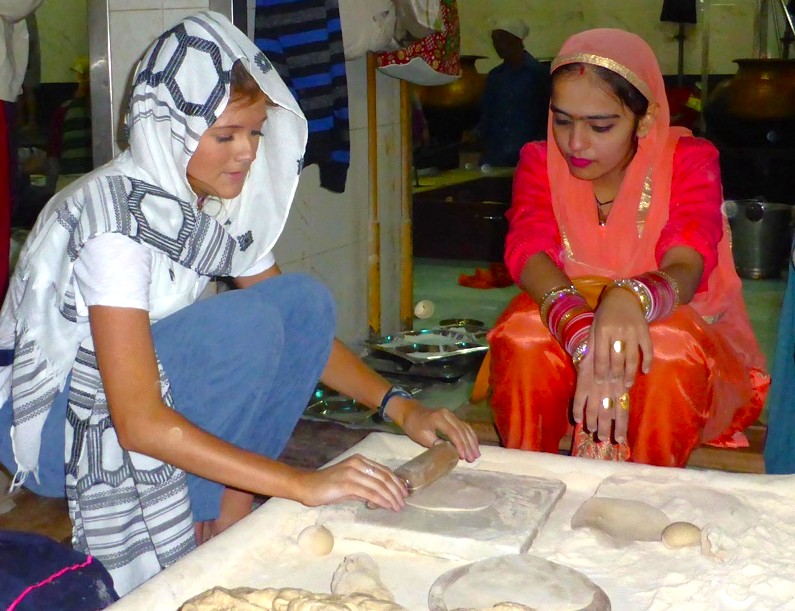
The culinary highlights of Gurudwara Bangla Sahib revolve around its iconic langar. This communal meal is a beautiful representation of Sikh philosophy that emphasizes equality and service. Made with a variety of ingredients such as lentils, rice, vegetables, and chapatis, the food is prepared in large quantities daily by dedicated volunteers. The preparation process is truly impressive. Massive pots, known as Deghs, are filled with freshly cooked food, and the aroma wafts through the air. This incredible effort ensures thousands are fed with love and devotion daily. The langar embodies service, fostering unity and a sense of shared community.
Festivals of Devotion: Honouring the Sacred and the Divine
Gurudwara Bangla Sahib Delhi. Sikh festivals. One important celebration is Gurpurab, which marks the birth anniversary of Guru Nanak Dev Ji, the founder of Sikhism. This festival is typically observed in November and involves special prayers, processions, and community feasts. Another significant event is Baisakhi, celebrated in April, commemorating the harvest season and the formation of the Khalsa by Guru Gobind Singh Ji in 1699. On these occasions, the gurudwara becomes a hub of activity, with thousands gathering to pay their respects and celebrate together. These festivals emphasize the sense of community and spirituality that permeates the space.
The Connection with the Gods
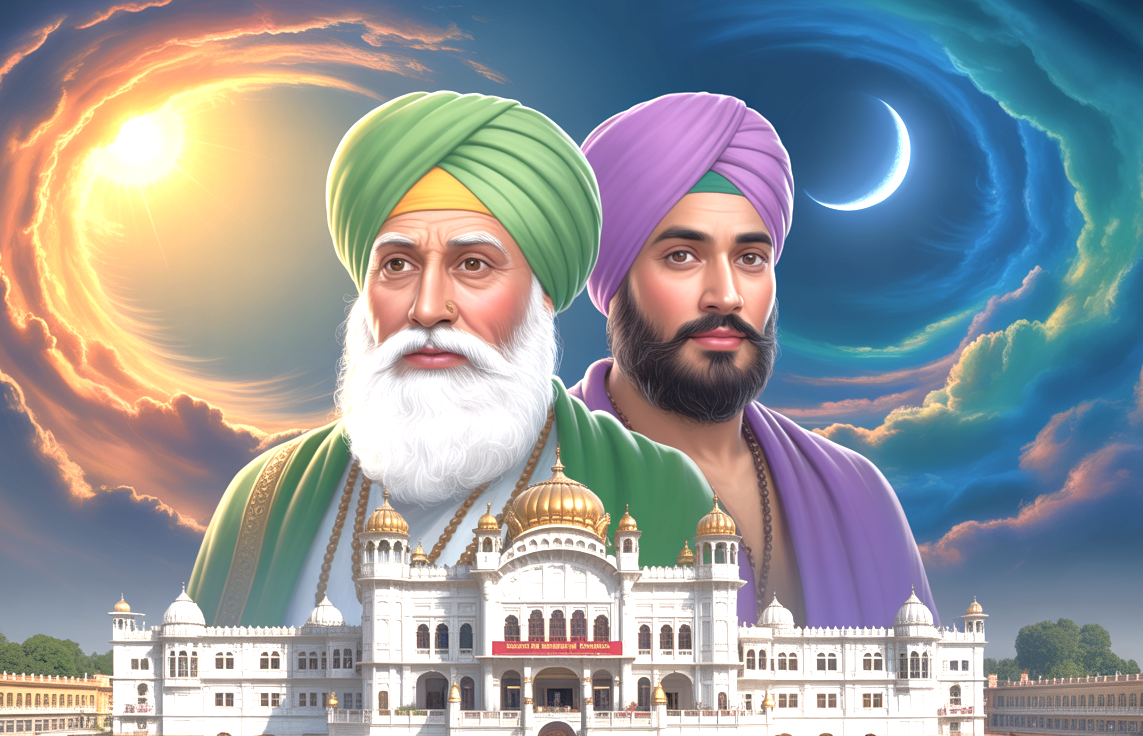
Gurudwara Bangla Sahib Delhi. Spiritual connections are deeply embedded in the rituals and beliefs of the Sikh faith. The Gurus, especially Guru Nanak, and Guru Har Krishan, are often invoked in prayers and remembrance. It is believed that the teachings of these divine figures guide devotees on their spiritual journey. The stories of the Gurus resonate through the gurudwara, conveying messages of service, humility, and love. Visitors feel a profound sense of peace within these sacred walls. Their presence inspires countless individuals to follow a path of righteousness.
Ancient Technologies: Sound, Sacred Geometry & Astrological Influences
The design employs principles of Vastu Shashtra geometry that enhance its spiritual significance. The layout is conducive to both communal gatherings and individual reflection, allowing space for meditation and prayer. The construction materials, primarily marble and sandstone, contribute to a soothing ambiance, promoting tranquility. In terms of sound, the architecture creatively amplifies the recitation of hymns, creating enchanting experiences for those within. The acoustics resonate harmoniously, ensuring that the spiritual sounds permeate the area. This emphasizes a connection to Solfeggio frequencies, thought to create beneficial healing vibrations, notably around 528 Hz, believed to represent love and transformation.
Serendipitous Meetings: Beyond the Main Path

We encounter various small shops and vendors offering traditional crafts, sweets, and other goods. These establishments are primarily run by local artisans who skillfully create and sell products reflective of their culture. Walking through the streets, we find shops selling hand-rolled incense sticks, intricate textiles, and handcrafted jewelry. These discoveries create opportunities to engage with the artistic expressions of the region. Each purchase directly supports these talented individuals, helping preserve ancient traditions. The vibrant atmosphere captures the true essence of local life and creativity.
Urban Legends: Strange Sightings, Myths and Mysteries
Steeped in local legends that add to its aura. One such tale involves the holy pond, where it is said that those who bathe in its waters are healed of their ailments. This belief stems from stories of miraculous recoveries attributed to the divine presence believed to inhabit the area. Additionally, there are accounts of spiritual experiences reported by devotees who claim to have felt a strong sense of peace and connection during their time at the gurudwara. These narratives amplify the significance of the site, enhancing its reputation not just as a place of worship, but also as a site for spiritual rejuvenation.
Resilience and Renewal: Overcoming Adversity’s Challenges
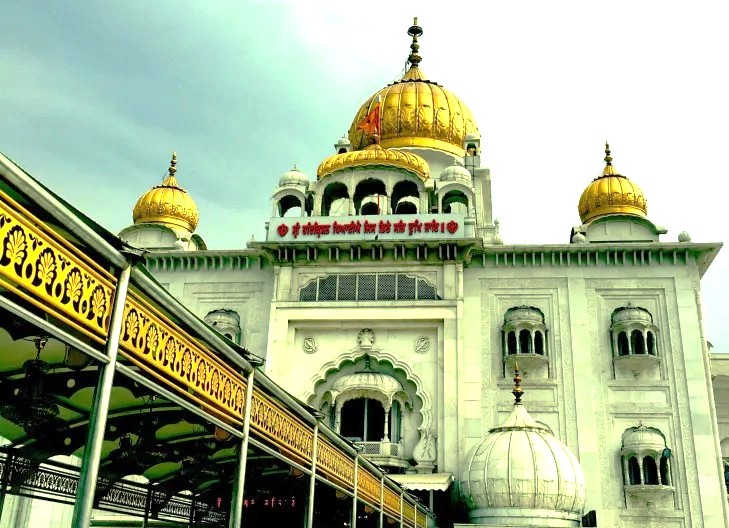
Throughout its history, the Sahib has overcome various adversities. One event occurred during the 1984 anti-Sikh riots, when the gurudwara became a refuge for those seeking safety amidst violence. The local community rallied together to protect their sacred space and aid those in need, demonstrating resilience in the face of grave challenges. The aftermath of these events led to significant community rebuilding efforts and strengthened the bonds among the Sikh population in Delhi. This profound experience forged an even stronger sense of unity and purpose. It highlighted the unwavering spirit of devotion and mutual support within the community.
Step into the Enigma - Your Journey of Discovery Starts Now
Join us as we explore the spiritual depth and community spirit of the Sahib. We’ll witness the dedication that crafts this sacred space into a haven of peace and serenity. From the beautiful traditions of langar to the vibrant festivals celebrated by the local community, every moment invites us to reflect on shared values of humanity, compassion, and unity. As we engage with the people and traditions that define Bangla Sahib, we will create meaningful connections, enriching our understanding of Sikh culture and building memories that last a lifetime.
Symphony of Generosity: Offerings from Wanderers to Residents

The interaction between those who come to Gurudwara Bangla Sahib and the local community is a beautiful exchange of generosity and kindness. As we share in the communal meal, we contribute to a culture of giving that empowers the local economy and sustains traditional practices. Every meal served resonates with the philosophy of selfless service, encouraging mutual respect and understanding, which benefits both the community and those who partake in its offerings. This harmonious interaction creates a vibrant ecosystem of support, strengthening community bonds. Visitors often depart with a sense of peace and inspiration, having witnessed genuine human connection.